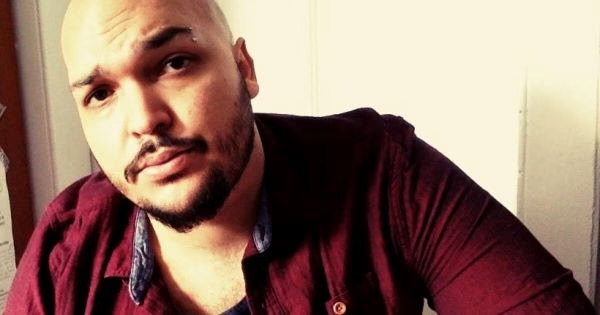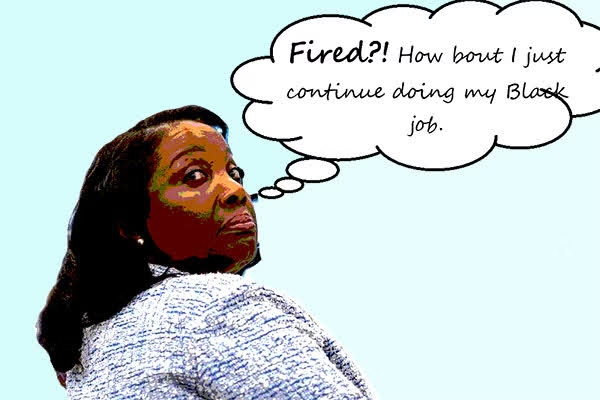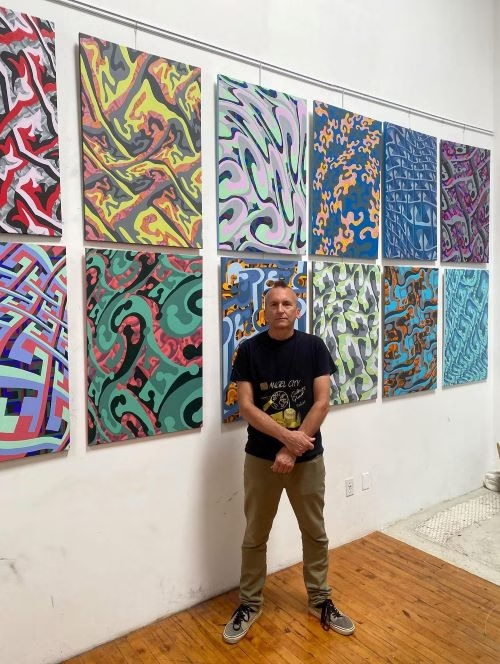Is Anyone Paying Attention?
There’s an earthquake coming for labor law in America, and the first foreshock was felt on Aug. 19, when a Fifth Circuit panel ruled that the National Labor Regulatory Board was probably unconstitutional, overturning almost a century of precedent and leaving labor law enforcement in limbo.
“Prior to passage of the National Labor Relations Act, known as the ‘Wagner Act,’ in 1935, there was no legal framework to protect the right to organize, govern union elections and require employers to bargain in good faith,” said Victor Narro, project director at the UCLA Labor Center. Many referred to that previous time as “the law of the jungle,” he noted.
The immediate impact of the ruling is that workers within the Fifth Circuit effectively have no labor law protection, as the judges overseeing law — administrative law judges appointed by the board — are deemed to have no authority, because they can’t be fired at will, in line with the made-up conservative doctrine of the “unitary executive.” The earthquake is that the Supreme Court may make a similar — or even worse — ruling that will apply nationwide.
Simultaneously, Trump has gutted the National Labor Relations Board so that it can’t reach quorum and thus is powerless to act. The result is a state of lawlessness already, according to Joe Biden’s acting Secretary of Labor Julie Su, who previously served as California labor commissioner.
“What’s clear is that all of the rules that we’ve been relying on to protect workers, protect the right to organize — as inadequate as those rules were to date — it’s a whole new world in which none of those rules matter,” Su said on the Majority Report. And Trump’s mass firings of federal workers is setting the tone for the private sector, much like Ronald Reagan did with firing air traffic controllers in 1981.
“The analogy to Reagan is apt,” Su said. “It really was a declaration of war on workers and on unions that private sector employers picked up their weapons and continued to fight. And that resulted in a large decline in unionization. We see the effects of it today, and so this president is doing it again, but with absolutely no holds barred.”
Labor historian and former organizer Shaun Richman, author of We Always Had a Union, is one of the few who have been paying close attention to the threat to the NLRB for some time. Last October, he raised the alarm in an article at In These Times, “The Right Believes It Has the Supreme Court Votes to Overturn Labor Law.” But as he told Random Lengths News, there’s more than one thing going on here.
“I don’t think that overturning the NLRB is Trump’s agenda,” Richman said. “Our crisis of democracy is so bad at this point that the fact that we’ve got this Alzheimer’s patient who wants to be a fascist dictator in the White House distracts us from the fact that we have a Supreme Court that wants an Iranian-style judiciary,” he said. “And one problem goes away quicker than the other one.”
The Trump agenda, laid out in Project 2025, is “very much in keeping with 50 years of right-wing strategy around the NLRB: Keep it in place because it has real utility to them as a union-busting tool. So, reverse any of the good stuff that Biden did, reverse any of the good stuff that Obama did, but keep the machinery intact, so that unions are chastened from engaging in any solidarity activism, and forced to go through election procedures that are wholly unfair. That’s the Trump agenda,” he concluded.
“But once they got their 5-4 majority on the court and then when they increased it even more, that set into motion something that I think is unstoppable,” Richman said. “Now you’ve got right wing organizations and companies pushing the agenda of overturning not just the NLRB, really, but all the New Deal style agencies. And they got the votes and they’re going to do it,” he said. “You’re in a bad place when you’re hoping that John Roberts is going to be moderate on the question or that Amy Coney Barret might break ranks.”
Meanwhile, “I don’t think unions are quite prepared for it,” he said. “When I wrote that piece back in October, they weren’t prepared for it because they were all in on [the] election, and it’s sort of like ‘We got [a] weak little luxury of 20 months’ time here, so we don’t have to think about that now.”
But nearly a year later, little has changed, Richman noted. “I think union leaders, particularly at the national and international level, they’re still very much paralyzed in the same way that the Democratic leadership are — still grappling with ‘how deep is this problem?’ ‘How reversible is this problem?’ ‘Is this something that the midterm elections can put some restraints on Trump or even impeach him out of office?’ That sort of stuff,” he said.
Even the circuit court decision doesn’t seem to have grabbed their attention, but in a way that’s understandable, Richman reckoned. “Unless and until the Supreme Court takes the case and puts it on the docket for next term, it’s only natural that you’re going to see most union leadership not really grappling with what do we do the day after,” he said. “The ‘what do we do the day after’ conversation begins to happen in earnest the day the Supreme Court takes the case, and says, ‘We’re going to do this next term.’” But even then, he believes those advocating for a day-after strategy will be in a minority, though they’ll at least be able to force a discussion.
Meanwhile, things are hardly normal. “The Fifth Circuit is doing real damage by taking what is, or what should be a really crazy position: For 90 years, it’s been constitutional. Whoops! We just noticed! Are you kidding me?” he said. “You can imagine that there are some people [who] were thinking well, at the end of the day, there’s enough people on the Supreme Court who are going to look at this and say ‘Oh, there are so many unintended consequences. We really would grant the union new powers if we did this. This is overreach. We’re going to shut it down.’”
But there’s really no telling what’s going to happen. If the Wagner Act is thrown out entirely, then all the organizing limits built into it originally or added later would be gone, including the prohibition of solidarity strikes. “This could be really good for warehouse organizing,” as one example, Richman noted. A comprehensive port-to-trucking-to-warehouse strategy would become possible.
What’s more, state labor laws in eight blue states could be dramatically strengthened. Many states still have “baby Wagner acts that suddenly become very real, even without passing legislation,” he said. “There are labor boards that unions could start filing representation petitions,” for example. “There is an opportunity here to take lemons and make some lemonade. But let’s not just re-create the Wagner Act in eight states. Let’s create something that surpasses it, let’s start digging into sectional bargaining,” which California has already begun doing in the fast food sector. Another idea is “day one unionism, or the idea that every company is going to be covered by industrial standards that are set at some sort of regulatory or bargaining level.”
More broadly, Richman is an advocate for a road not taken in labor law history: rather than grounding labor law in the Commerce Clause, as the Wagner Act does, fundamental union activities “are, or should be, protected by the constitutional rights of free speech, due process, equal protection and even the Thirteenth Amendment’s ban on “involuntary servitude,” as he wrote for In These Times.
While such a proposal might seem novel, it’s not without precedent. Even before the New Deal, the Norris-La Guardia Act substantially changed labor law, banning yellow-dog contracts, barring federal court injunctions against nonviolent labor disputes, and creating a positive right of noninterference by employers against workers joining trade unions.
This was partly the fruit of labor movement constitutionalism similar to that articulated by Richman, as University of Texas law professor William Forbath explained in a 2024 seminar this reporter covered for Salon.com. At the time, the judiciary had “squander[ed] its own legitimacy. Too many working-class Americans had come to see the courts for what they were: They were the place where the ruling class went to rule, dispensing class-bound decisions in the name of the Constitution,” Forbath explained.
We’re in a strikingly similar situation today. The big difference is that labor hasn’t engaged in nurturing this sort of broader vision. There’s been very little public discussion of it. But if the Roberts court were to sweep away the Commerce Clause foundations of existing labor law, that could change dramatically. The case for grounding labor rights in the constitutional rights Richman cites would become much more urgent and compelling. It’s a shift in thinking that some would say is very long overdue.















